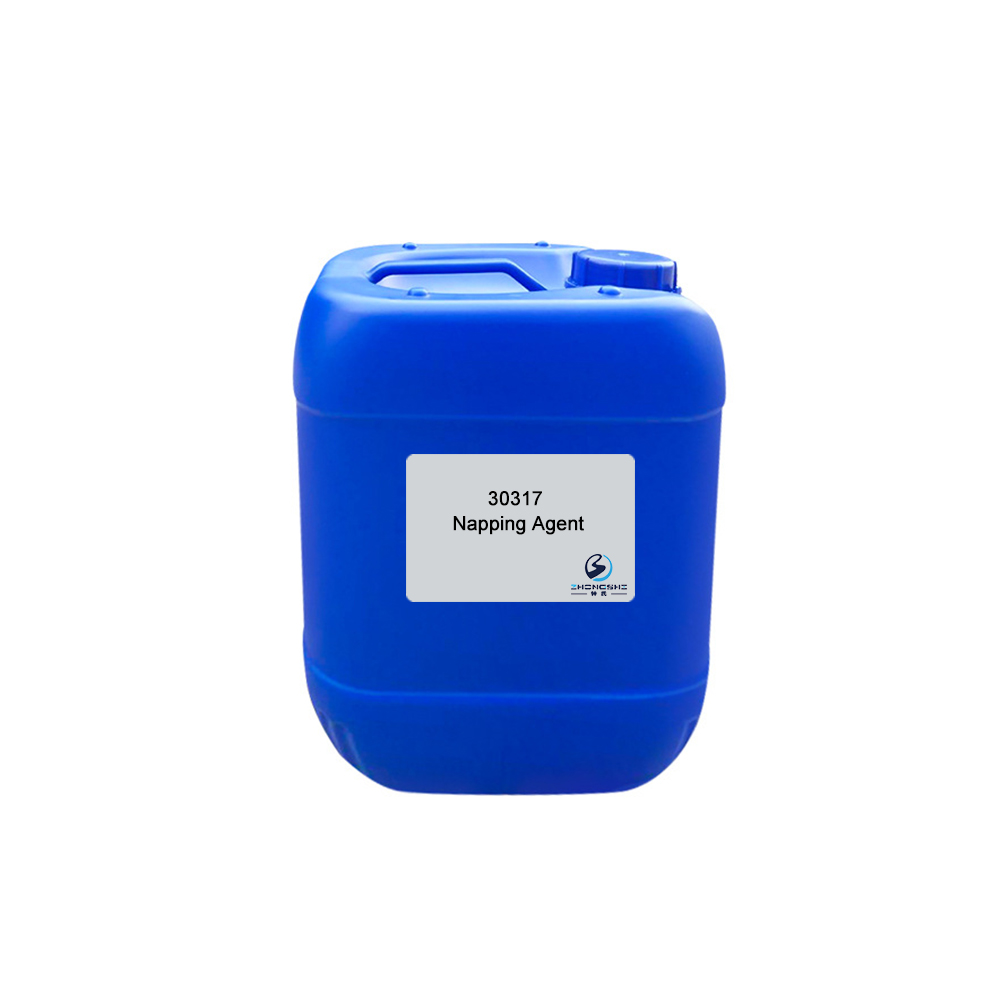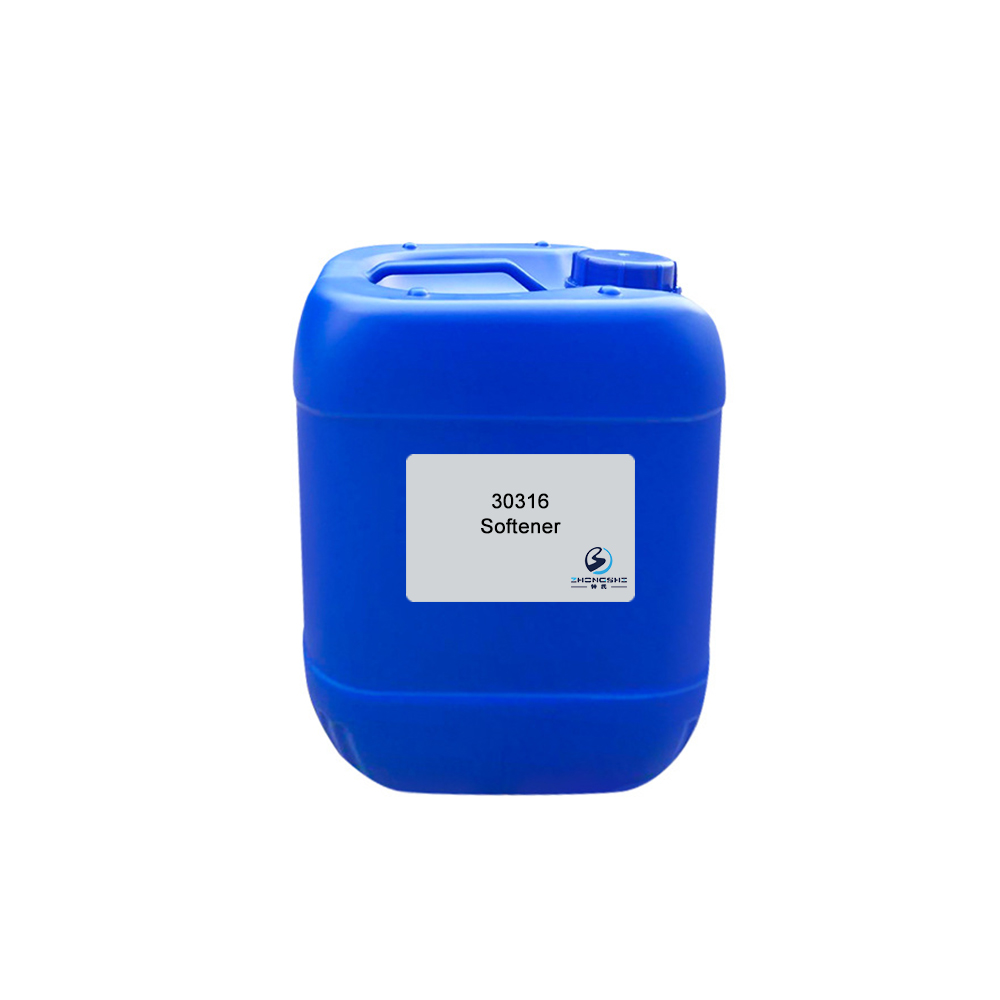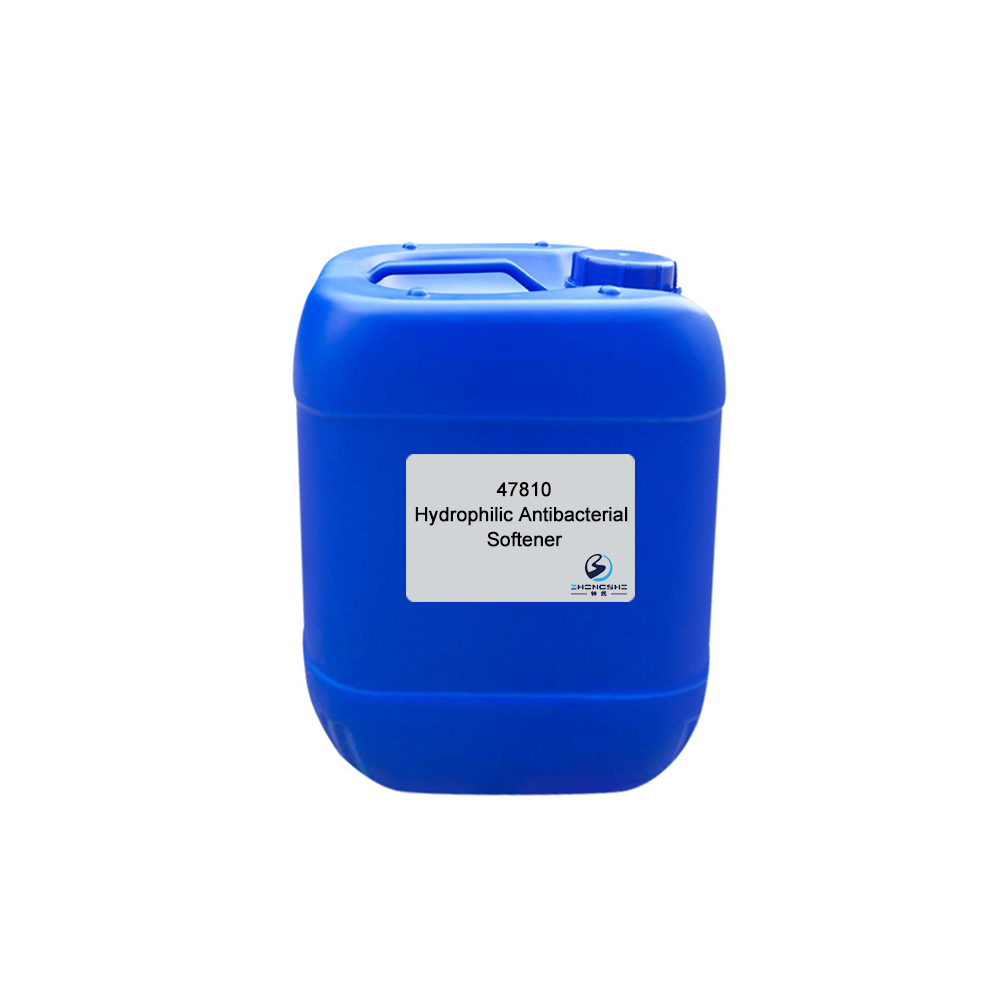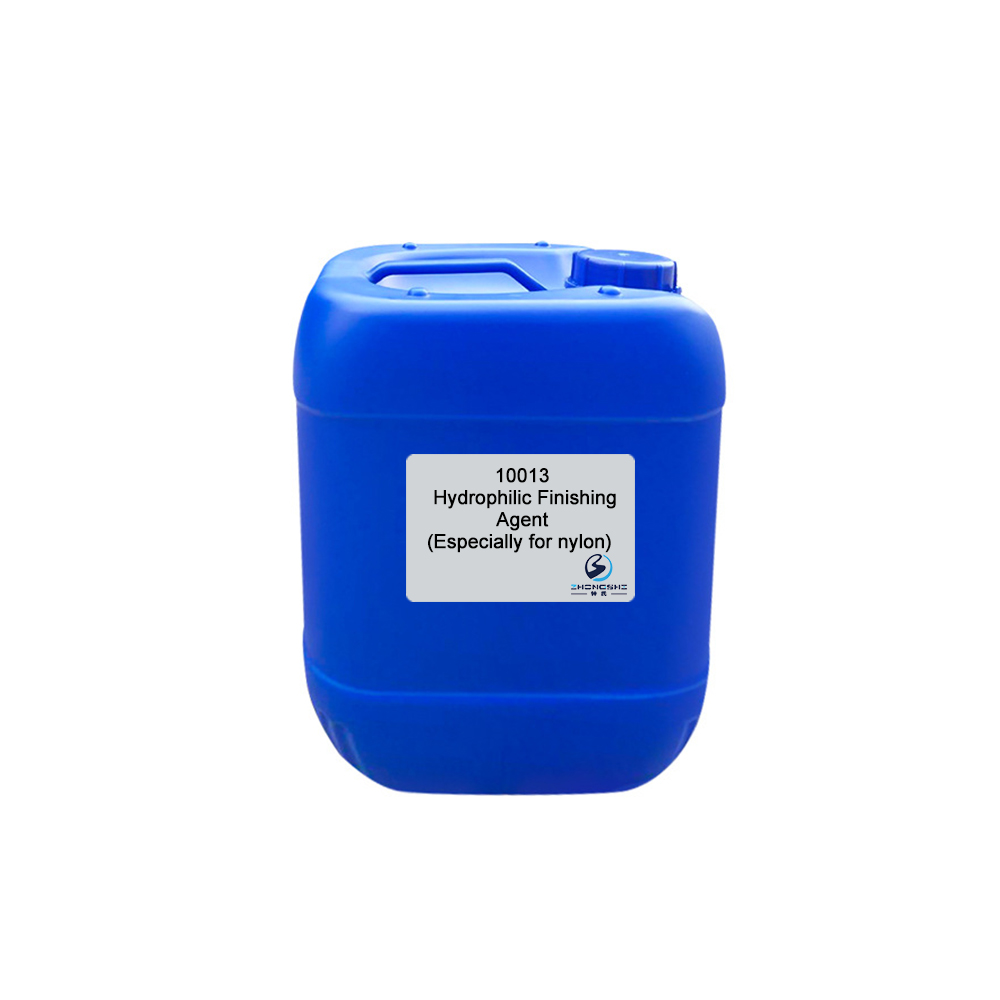Popular Design for Nylon Anti Creasing Agent - 30317 Napping Agent – Innovative
Popular Design for Nylon Anti Creasing Agent - 30317 Napping Agent – Innovative Detail:
Features & Benefits
- Good hydrophilicity.
- Excellent stability. Can be used directly in dyeing bath.
- Imparts fabrics soft, exquisite and fluffy hand feeling.
- Makes the suede smooth and the nap fine, even, glossy and smooth to achieve successful napping.
- Low yellowing. Low shade changing. Extremely little influence on color fastness.
- Not influence the printing or cutting after napping.
Typical Properties
| Appearance: | Light yellow emulsion |
| Ionicity: | Weak cationic |
| pH value: | 6.0±1.0 (1% aqueous solution) |
| Solubility: | Soluble in water |
| Content: | 10% |
| Application: | T/C and CVC, etc. |
Package
120kg plastic barrel, IBC tank & customized package available for selection
TIPS:
Properties of cotton fiber
Cotton fiber is one of the most important natural textile fibers of plant origin and accounts for about one third of the total world production of textile fibers. Cotton fibers grow on the surface of the seed of cotton plant. Cotton fiber contains 90~95% cellulose which is an organic compound with the general formula (C6H10O5)n. Cotton fibers also contain waxes, pectins, organic acids and inorganic substances which produce ash when fiber is burnt.
Cellulose is a linear polymer of 1,4-β-D-glucose units linked together by valence bonds between the carbon atoms number 1 of one glucose molecule and number 4 of another molecule. The degree of polymerisation of cellulose molecule may be as high as 10000. The hydroxyl groups OH protruding from the sides of the molecule chain link neighboring chains together by hydrogen bond and form ribbon-like microfibrils which are further arranged into larger building blocks of the fiber.
Cotton fiber is partly crystalline and partly amorphous; the degree of crystallinity measured by X-ray methods is between 70 and 80%.
The cross-section of cotton fiber resembles a ‘kidney bean’ shape where several layers can be recognized as follows:
1. The outermost cell wall which in turn is composed of the cuticle and the primary wall. The cuticle is a thin layer of waxes and pectins which covers the primary wall consisting of microfibrils of cellulose. These microfibrils are arranged into a network of spirals with right- and left-hand orientation.
2. The secondary wall is composed of several concentric layers of microfibrils which periodically change their angular orientation with respect to the fiber axis.
3. The collapsed central hollow is lumen consisting of dried remains of cell nucleus and protoplasm.
Product detail pictures:

Related Product Guide:
Soaping agent is used to remove the unfixed dyes and hydrolytic dyes on fabrics and prevent color spots on fabrics, which improves the product quality. Popular Design for Nylon Anti Creasing Agent - 30317 Napping Agent – Innovative , The product will supply to all over the world, such as: Vancouver, Mauritania, Singapore, Napping Agent 30317 is weak cationic and light yellow silicone emulsion. It can be applied in napping and stone napping finishing process. It is suitable for fabrics of T/C and CVC, etc., which can make fabrics soft, exquisite and fluffy. It is highly stable and low yellowing textile finishing auxiliary. It can impart fabrics excellent hydrophilicity. Napping Agent 30317 has low yellowing and low shade changing. It does not influence on color fastness.
After the signing of the contract, we received satisfactory goods in a short term, this is a commendable manufacturer.







